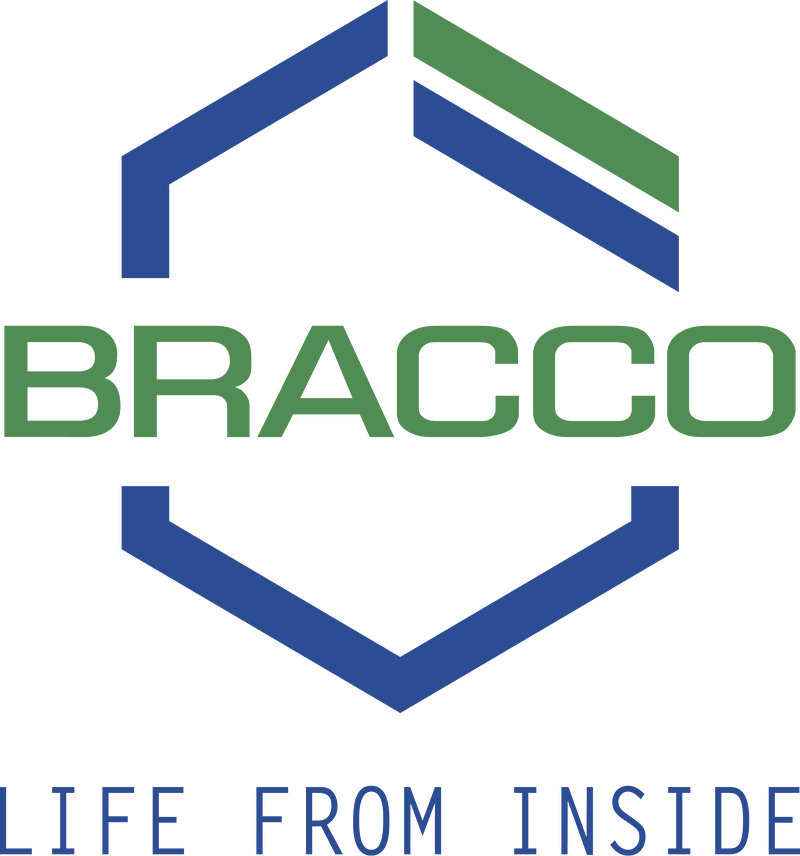Have a Question?
Diagnosis coding for gunshot wounds
Q.
What is your opinion on how to use diagnosis code Z18.10 – Retained foreign body fragments, metal – for a new gunshot wound (GSW)? I think of ‘retained’ as being old and embedded, but there are differing opinions in my department. If the patient has a new GSW to the tibia and fibula with fractures and for a chest and abdomen x-ray taken around the same time as the tibia & fibula, they state in the impression, “small metallic fragments project over the left middle to upper lung zone and left lateral abdominal wall, likely from a gunshot wound,” would you use Wound, unspecified to the abdomen and chest walls or retained foreign body fragments, metal, or neither of these choices?
A.
Coding Clinic, 3rd Quarter, 2016 had a similar question with a patient having a gunshot wound with retained bullet fragments. In the question, there were no fractures. Coding Clinic noted that the appropriate puncture wound with the foreign body as the primary code, with Z18.89 – other specified retained foreign body fragments as an additional diagnosis. A puncture wound is more appropriate than laceration since the bullet punctured through the skin. A laceration implies cutting.
In your case, however, I would use code Z18.10 instead of Z18.89 for the fragments in the chest and abdomen, since the radiologist specified metallic fragments “likely” from a gunshot wound. That “likely” makes it “unspecified” instead of “other specified” as in Z18.89.
If a regular CT (not a CTA) is performed, and 3D post-processing is performed under concurrent physician (or other qualified healthcare provider (QHP) supervision, then you would assign CPT® code 76376 if the post-processing was performed on the CT machine itself, or CPT code 76377 if the post-processing is done on a separate dedicated workstation.
The radiologist doesn’t have to personally perform the 3D post-processing but must be involved in the process by actively participating in and monitoring the process, including:
- Design of the anatomic region that is to be reconstructed;
- Determination of the tissue types and actual structures to be displayed (e.g., bone, organs, and vessels);
- Determination of the images or cine loops that are to be archived; and
- Monitoring and adjustment of the 3D work product.
Documentation should support the physician or QHP supervision of the process.
Multiplanar reconstructions are not necessarily 3D. CPT codes 76376 and 76377 include complex renderings such as shaded surface rendering, volumetric rendering, quantitative analysis (segmental volumes and surgical planning), and maximum intensity projections when such renderings can be performed on the scanner or when it requires the use of an independent workstation.
3D post-processing is required and included in computed tomographic angiography (CTAs), so CPT codes 76376 or 76377 would not be separately coded with any CTA code.
